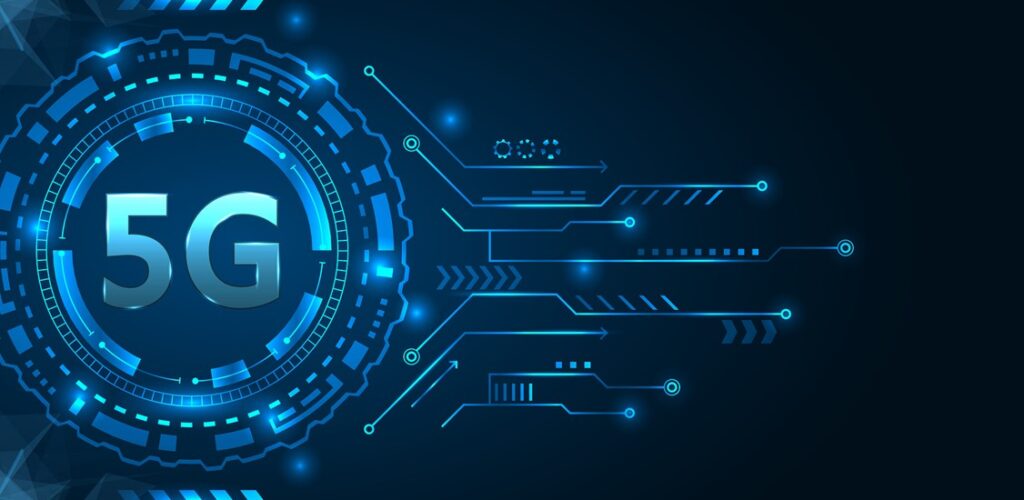In this blog, we will delve into some of the most common myths surrounding 5G technology. We’ll debunk these myths and provide you with the truth about 5G, its implications, and its role in the future of telecommunications.

Introduction
Hello friends, today’s blog is dedicated to busting myths about 5G. There is a lot of discussion about 5G. Although it might seem like there is a long time before 5G becomes prevalent, many people are already talking about it. If you do not know what 5G is, I have created a video explaining what 5G is and how it works. In this blog, I am going to dispel five common myths about 5G. It’s important to understand these truths, so read on carefully.
Myth 1: 5G Radiation is Dangerous
Many people claim that 5G technology increases radiation and that this is very dangerous. They worry that the higher radiation from 5G will pose health risks. However, 5G is not inherently dangerous. 2G, 3G, 4G, and even Jet Airways utilize wireless data transmission, and 5G is just an advancement of these technologies. The radiation levels are not hazardous; in fact, the levels are very low and within safe limits. For comparison, consider X-rays, which involve much higher radiation levels. The radiation from mobile phones is minimal and not a cause for concern.
Myth 2: 4G Will be Phased Out After 5G
Another common myth is that 4G will disappear once 5G is introduced. This is not true. 5G technology can be implemented in different ways. There are two main modes: standalone and non-standalone. In non-standalone mode, 5G can be deployed alongside existing 4G infrastructure. This means that 4G can coexist with 5G. Even when 5G towers are established, they will still provide 4G signals, ensuring that users will continue to receive good 4G connectivity. Therefore, there is no need to worry about losing 4G coverage.
Myth 3: 5G is Only About Faster Data Speeds
A widespread misconception is that 5G’s only advantage is faster data speeds. While it is true that 5G increases data speeds, its benefits extend beyond just smartphones. 5G is a transformative technology with applications across various industries. For instance, in manufacturing, augmented reality, and other sectors, 5G will enhance connectivity and enable new capabilities. The technology will also reduce latency, improving experiences in areas like smart cars, where instant response times are crucial. Thus, 5G has the potential to revolutionize many aspects of technology beyond just mobile data.
Myth 4: My 4G Phone Will Support 5G
Many people ask if their current 4G phones will support 5G. The answer is no. 5G requires specific hardware, including a 5G antenna and modem. Therefore, a 4G smartphone will not be able to access 5G networks. If you want to experience 5G, you will need a 5G-compatible smartphone. If you’re considering purchasing a new phone, it might be worth waiting until 5G becomes more widely available before making your decision.
Myth 5: 5G is the Same Everywhere
Finally, there is a belief that 5G will offer uniform performance everywhere. This is not the case. 5G technology includes different frequency bands, each with varying characteristics. These bands are categorized into low, mid, and high frequencies. Low-frequency 5G offers broader coverage but lower speeds, while high-frequency 5G provides very high speeds but with limited coverage. The actual performance of 5G can vary based on the frequency band used and the network infrastructure in place.
In conclusion, 5G technology is an advancement with many benefits, but it’s essential to understand the facts and dispel common myths. By doing so, we can appreciate the true potential of 5G and how it will impact our lives in the future. If you found this blog informative, please like and share it.
Till the next blog, take care!



